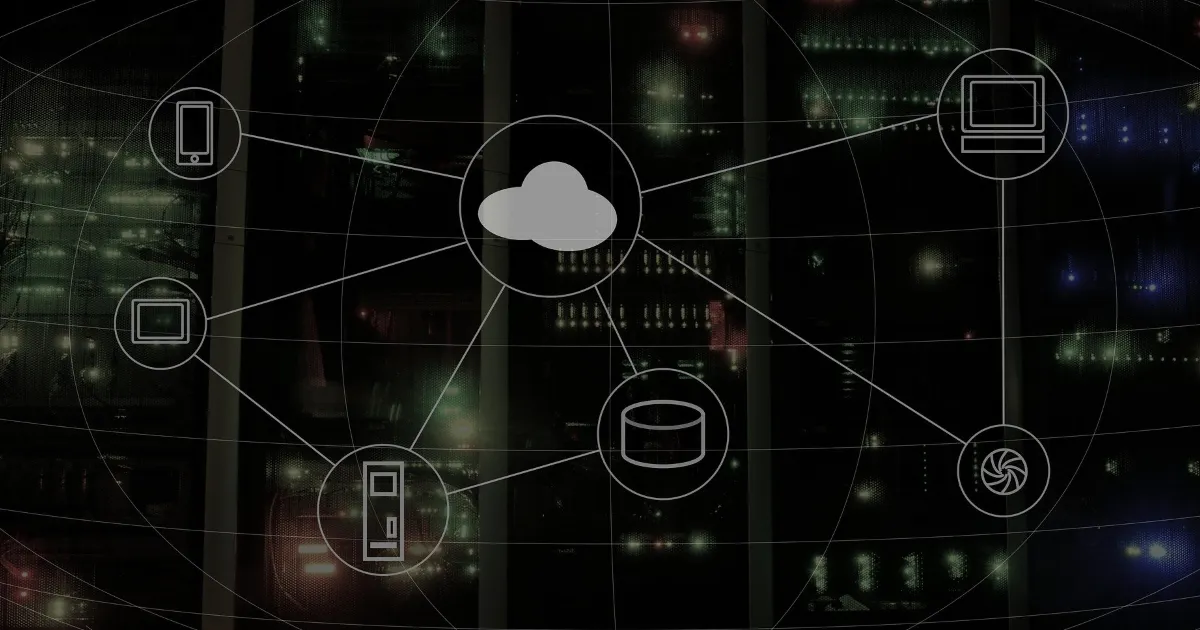
Posted by: Daniel Boterhoven on Tue Nov 29
This has been a buzz word for a few years now – since Matt Stine’s 2013 Pivotal talk, in fact. Think of them as the next generation of web or mobile applications.
In this article, I’m going to talk about what makes Cloud Apps so great.
Also, why you should be seriously considering migrating your traditional applications to Cloud Apps, if you haven’t been already.
But first, let’s start with the basics …
The fundamental concept behind a Cloud App is that it’s designed for, packaged for and deployed to Cloud infrastructure.
(In case you’re also wondering what Cloud infrastructure is – think of it as virtual hardware and services that are offered to, and managed for you by a Cloud hosting provider, such as AWS, Azure of Google Cloud etc.)
There are a number of widely-accepted advantages to using Cloud infrastructure, including:
Today though, I’m going to focus on advantages specifically pertaining to Cloud Apps. So, let’s get to it…
Traditional applications have a dedicated number of servers that handle requests for data. These are usually fixed, and when more customers are using your app, the same servers need to handle the increased number of requests.
So, what happens if the number of requests gets to a level where the servers can’t keep up? The app crashes …
Cloud Apps are built with scalability in mind. They are designed from the ground up to be packaged and deployed onto Cloud servers and infrastructure.
Also, extra technical consideration is made to ensure that all components of the application are scalable, not just the server.
File storage, database integration, messaging, and authentication are some of the other components that can have a degree of scalability built into them. All the major Cloud providers offer services that can cater for these needs. And by building a Cloud App on top of these services, it will have a reliable level of scalability embedded from day one.
From a financial perspective, a Cloud Application has one major advantage.
Cloud providers nearly always offer a pay-as-you-go billing option for their services. Given that Cloud Apps are built on these services, you only pay for the hosting and services that you use.
Due to the scalable nature of Cloud infrastructure, machines are automatically spun up and shut down depending on how much traffic an application is receiving. With pay-as-you-go billing, you are only charged for the time that a machine is in use.
Compare this to a scenario where you have a set of machines that are always running, regardless of how much traffic your application is receiving.
Here, you will be charged even if your machines are only being leveraged at 10% of their capacity.
In the case of Cloud Apps, though, that excess computing power would simply be shut down, and you’d save money.
It’s impossible to avoid the fact that hardware fails. So, it’s prudent to set things up with the understanding that your hardware will fail.
In the traditional case, where a web application is hosted on an on-premises collection of servers, one (or all) of the servers could fail due to hardware issues.
This could be catastrophic, if appropriate contingencies are not in place. Fixing the hardware issues could take days, if not weeks.
With Cloud Apps, hardware failures have been factored in from the outset.
If a virtual server hosting your application fails, it will be replaced immediately by another one – automatically. This factor alone will likely help a lot of product managers sleep better at night, making it one of the most attractive benefits of Cloud Apps.
With the evolution of Cloud hosting have come enhancements of the tooling that facilitates Cloud Apps. This means that it’s become super easy to package, deploy and maintain Cloud Apps.
Although a lot of this tooling can be used with traditional applications also, it has been primarily built for Cloud Apps.
DevOps has been developed round this tooling. It’s led the way by allowing developers to manage the deployment of their applications themselves. This frees up resources and ultimately reduces operating costs.
Automated app deployment processes are now the norm.
These automated processes mean that less user errors occur, and project managers can initiate app releases themselves with the click of a button.
The demand for and expectation of security in online applications have been rising sharply over the recent decade.
Data breaches are increasing and the media keeps these breaches at the forefront of our minds.
Cloud providers typically default all new infrastructure and services to the highest level of security.
They also offer many services which solely handle security and authentication for Cloud Apps. These services also offer a higher level of security than the traditional applications.
In addition, the underlying infrastructure is updated regularly with the latest security patches. This, again, removes the burden from the operations team and is a far more reliable option than having to depend on manual updates.
The speed, security, reliability and scalability of Cloud Apps have made them the far more attractive option for new web or mobile app projects.
Cloud-Native Apps offer tech-focused businesses the ability to maintain an online presence that impresses customers and attracts new ones.
Cloud Apps are the evolutionary result of traditional web applications, and they are only going to become more powerful, sophisticated and reliable.
Although some circumstances may require the running of on-premise servers, migrating to the Cloud will be the better option in the majority of cases.
…
Subscribe for updates